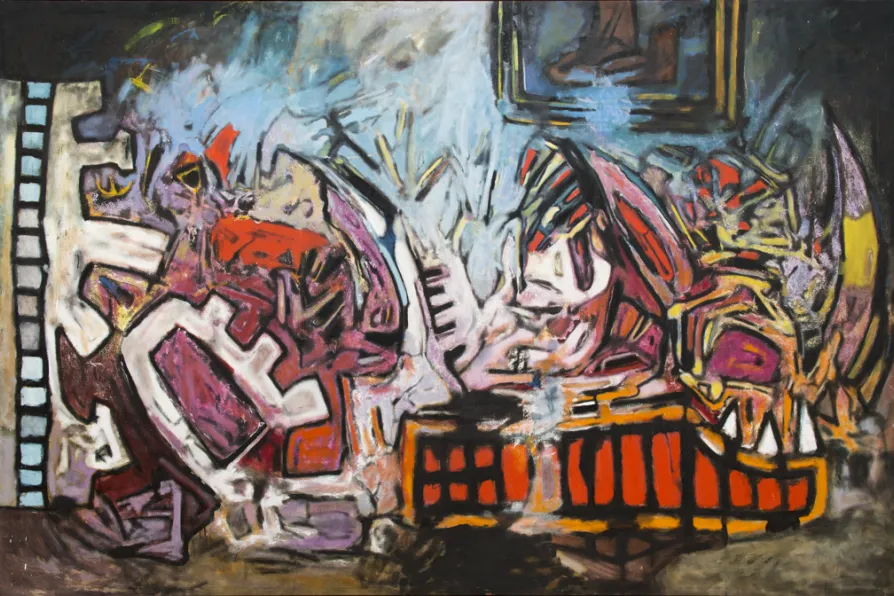STEVE ANDREW enjoys an account of the many communities that flourished independently of and in resistance to the empires of old
A painter of paradox
CHRISTINE LINDEY is struck by the creative complexity of Aubrey Williams's enigmatic and powerfully realised paintings

 Aubrey Williams's Symphony
Aubrey Williams's Symphony
WHEN Aubrey Williams (1926-1990) arrived in London in 1952 to further his art education, he immersed himself in the contemporary Western art that he had only seen in reproduction in his native Guyana.
By the mid-1950s, like so many others, he fell under the spell of American abstract expressionism, then being promoted covertly by the CIA as the freest and most “advanced” form of expression. But a lifelong refusal to be aesthetically boxed in prompted him to also continue painting figuratively and sometimes to blur the boundaries between the two.
Similar stories

ANDY HEDGECOCK relishes two exhibitions that blur the boundaries between art and community engagement

JAN WOOLF wallows in the historical mulch of post WW2 West Germany, and the resistant, challenging sense made of it by Anselm Kiefer

CAROLINE FOWLER explains how the slave trade helped establish the ‘golden age’ of Dutch painting and where to find its hidden traces

Two new releases from Burkina Faso and Niger, one from French-based Afro Latin The Bongo Hop, and rare Mexican bootlegs










